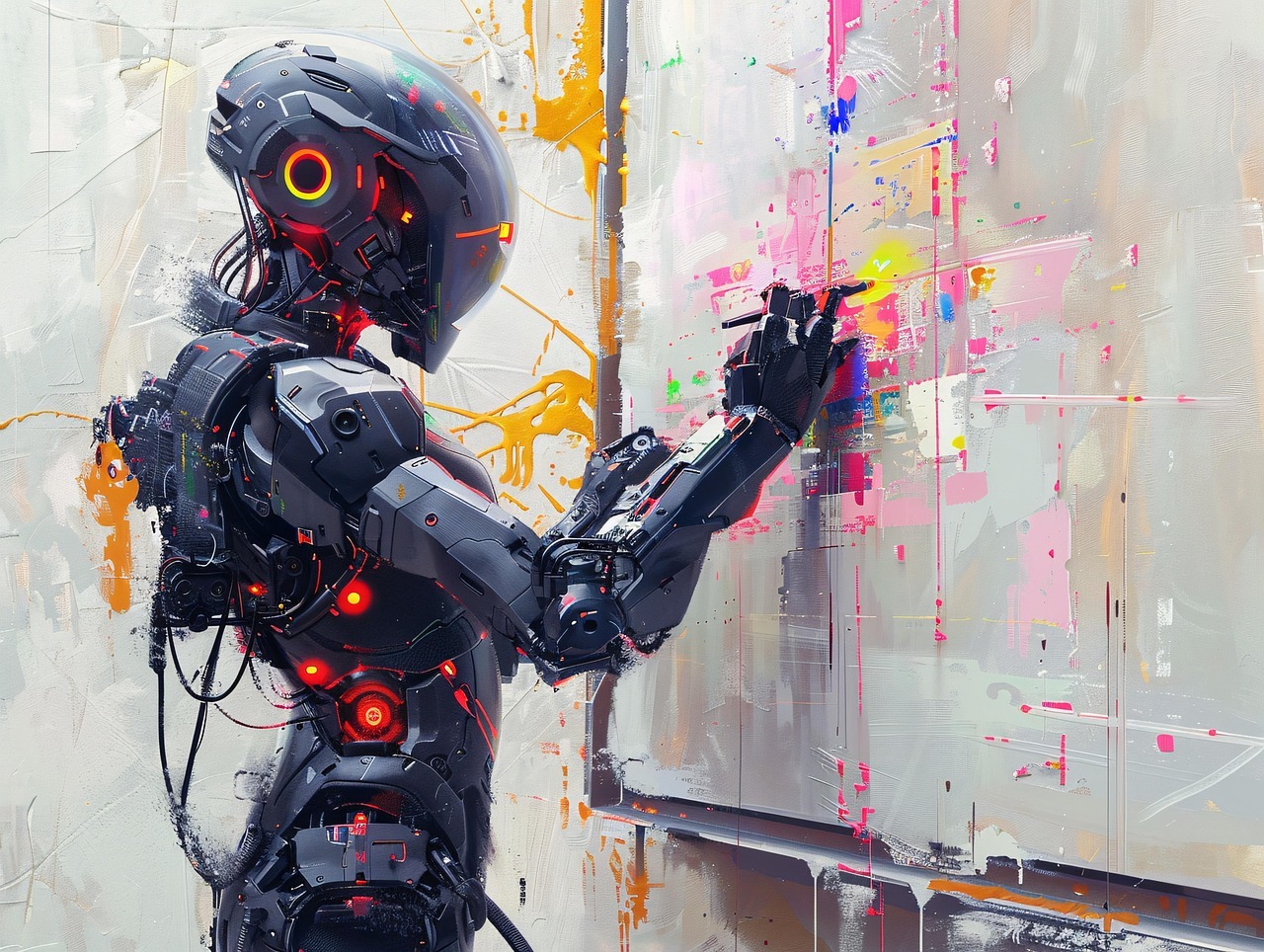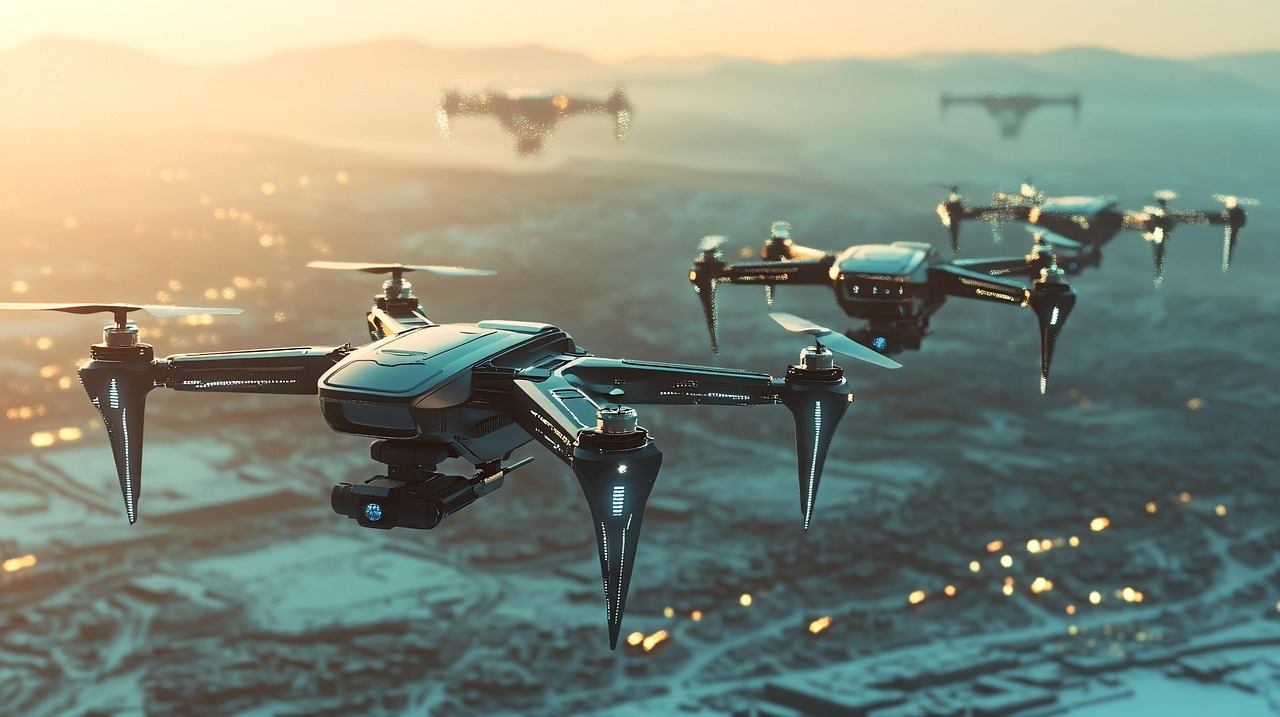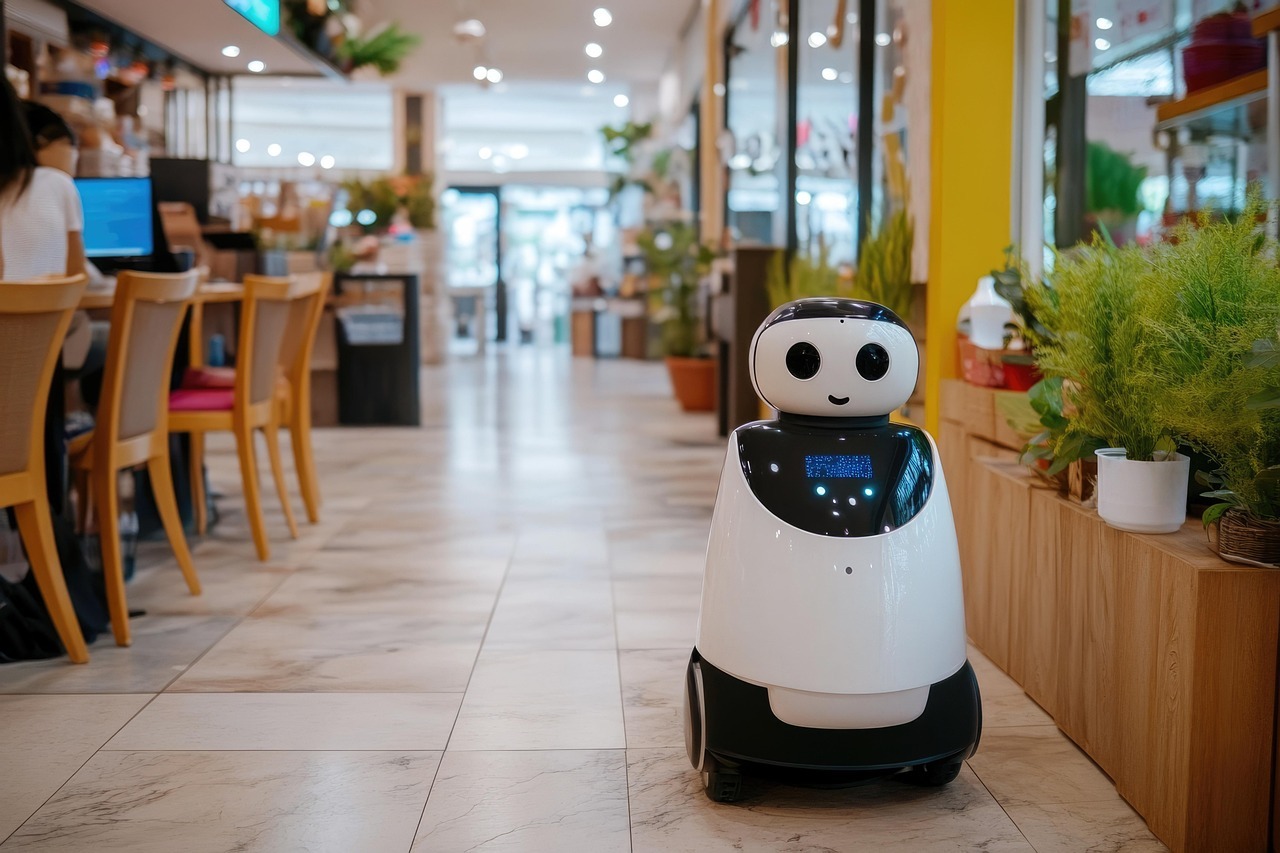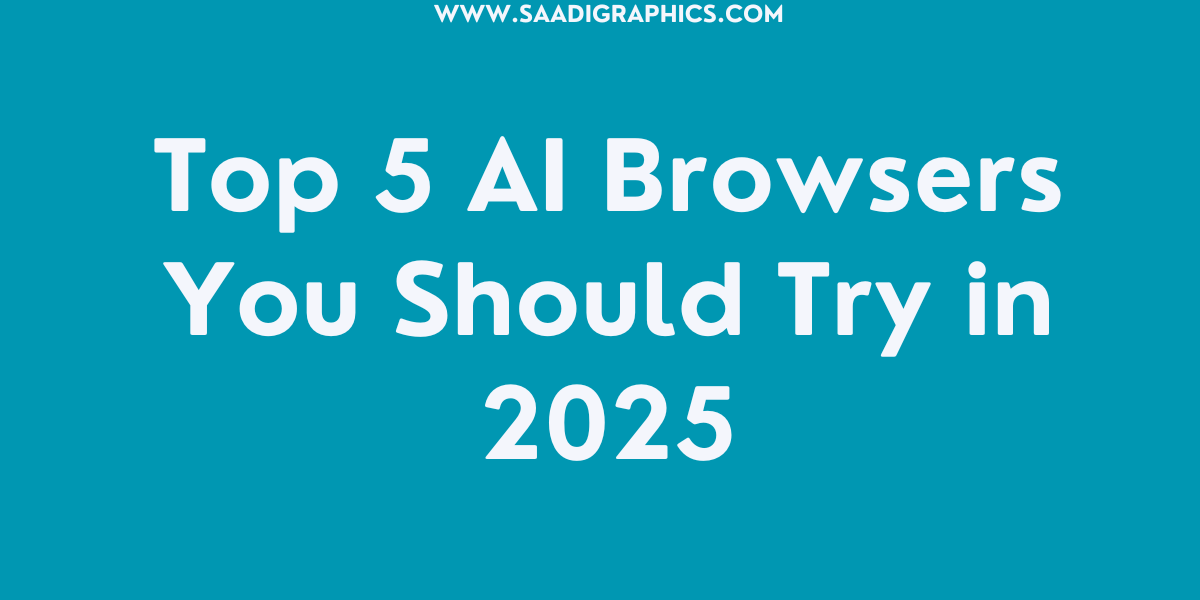Cybersecurity in the Age of Autonomous AI
The digital age is changing more quickly than ever before. Artificial intelligence is no longer something we command line by line—it’s evolving into autonomy. Systems can now make decisions, react to information in real-time, and function independently with minimal human involvement. While this advancement is thrilling, it poses a serious question: what does that mean for cybersecurity? In the age of autonomous AI, we’re entering a completely new threat landscape where the rules of defense and attack are being rewritten.

Why Cybersecurity Needs a New Lens
Cybersecurity has always been the race to be one step ahead of the hackers. Firewalls, encryption, and multi-factor authentication have been the tools of choice for years. But with autonomous AI comes a new game. Attackers have the benefit of algorithms that can learn, adapt, and attack autonomously without human intervention. This renders traditional methods of protection useless.
Previously, most cyber attacks had predictable behavior: phishing e-mails, malware injection, or brute-force password guessing. Security teams were able to analyze these behaviors and construct defenses against them. Autonomous AI being in the picture means that cyberattacks do not have to be hand-coded by humans anymore. Instead, they adapt in real time, and this makes cybersecurity so much more challenging.
The Dual Nature of Autonomous AI
Autonomous AI is not only a risk factor—it’s also an effective countermeasure. On one hand, it provides cybercriminals with capabilities for conducting big-scale, self-adjusting attacks that are quicker and more difficult to track. On another, it provides security specialists with smart systems capable of identifying unusual behavior in real time, closing vulnerabilities immediately, and acting without needing to go through humans for approval.
This dual nature is what makes 2025 cybersecurity so distinct. Each side is employing the same cutting-edge technology. No longer man against machine—it’s machine against machine.
New Threats in the New Environment
So, what are we up against? Some threats are already beginning to take form:
AI-based phishing: Emails that look exactly like you would write them, with personal details pilfered from public information.
Adaptive malware: Viruses that adapt and rewrite themselves according to the defenses they are faced with.
Automated deepfakes: Highly realistic audio or video employed to impersonate CEOs, leaders, or even relatives for fraud.
Autonomous network breaches: Frameworks that sweep, infiltrate, and grow within networks without human control.
Each of these represents a leap forward from the cyberattacks we’re used to. And with autonomous AI accelerating innovation, the threats are multiplying faster than traditional defenses can keep up.
Building Smarter Defenses
If threats are changing, then defenses have to as well. Cybersecurity these days isn’t about impenetrable walls—it’s about smart shields that can shift and change. Autonomous AI is already in play with top businesses, used to fortify defense. These systems don’t just respond—they know ahead of time. They observe trends, learn from them, and identify where the next attack will be.
For instance, machine learning programs can search through billions of network events in real time and mark abnormal behavior in seconds. Automated response systems can kill suspect access before it propagates. Rather than depending entirely upon human experts who might take hours to review a breach, cybersecurity with autonomous AI responds in seconds.

Human Oversight Still Matters
All of this, and yet humans aren’t being displaced in cybersecurity. Rather, their function is transforming. Autonomous AI can act at light speed, but it lacks context, judgment, and ethics. Security teams need to supply oversight, so AI-powered defenses don’t overact or interfere with legitimate activity.
Additionally, hackers are innovative, and they usually use human fallibility to the same extent as system vulnerabilities. Regardless of how sophisticated cybersecurity is, knowledge, training, and sound practices will still be vital.
The Ethical and Legal Dilemma
One of the largest challenges isn’t technical—it’s moral. What if autonomous AI gets it wrong? Consider a defense system that prevents access to an entire hospital network because it incorrectly identifies traffic as an attack. Or consider an AI-launched attack on a suspected attacker that mistakenly hits innocent systems.
These situations present challenging questions regarding accountability. Who is accountable when AI-powered cybersecurity errs—the developers, the company, or the AI? As autonomous AI gets more extensive, laws and policies must follow its progression.
Getting Ready for Tomorrow
The autonomous AI era is just getting started, and cybersecurity should be proactive, not reactive. The organizations should invest in better defenses, implement AI-based monitoring, and most importantly, educate their staff to realize the threats. Installing new software is not enough—companies should establish a security culture where humans and machines collaborate.
All the while, international cooperation is essential. Cybercrime is not bound by borders, and the battle against it should not be either. Governments, the technology industry, and security experts need to share information and develop systems that safeguard societies as a whole.

Final Thoughts
Cybersecurity is not about passwords and firewalls anymore. We are entering a new world of autonomous AI. The attackers are quicker, smarter, and more cunning than ever before. But the defenses are also changing, and we have tools to battle back on level terms.
The actual challenge is balance—tapping the speed and intellect of autonomous AI while maintaining human oversight, ethical responsibility, and awareness at center. We can’t control the future of cybersecurity, but one thing we do know: the war has already started, and planning today will determine safety tomorrow.



